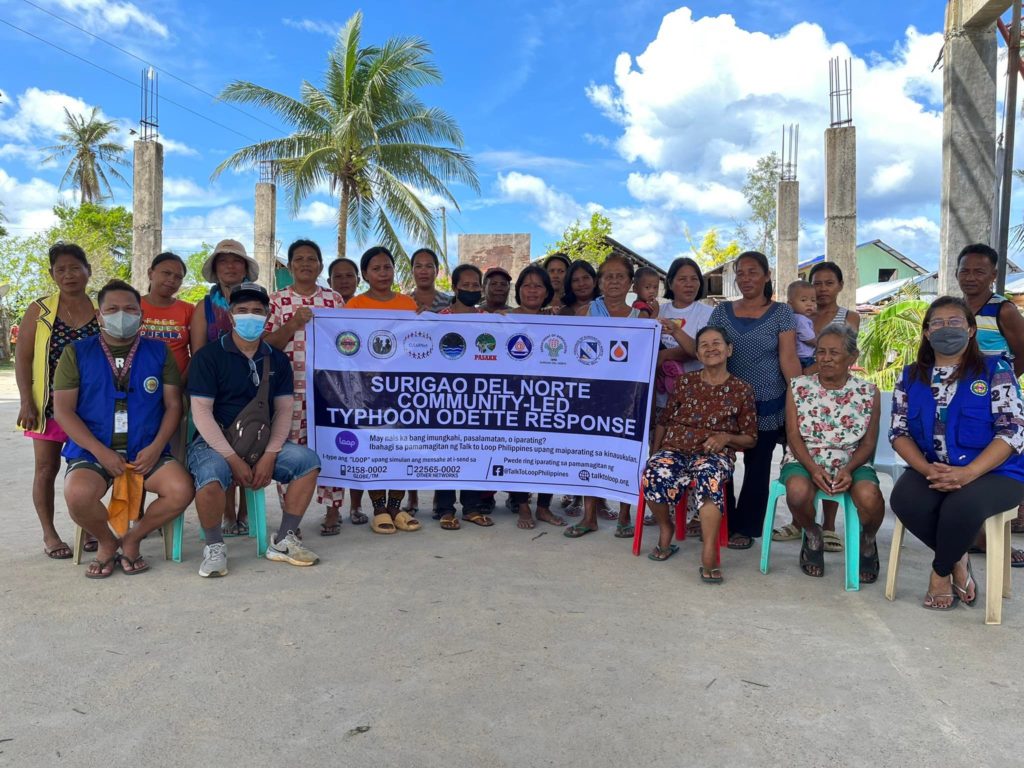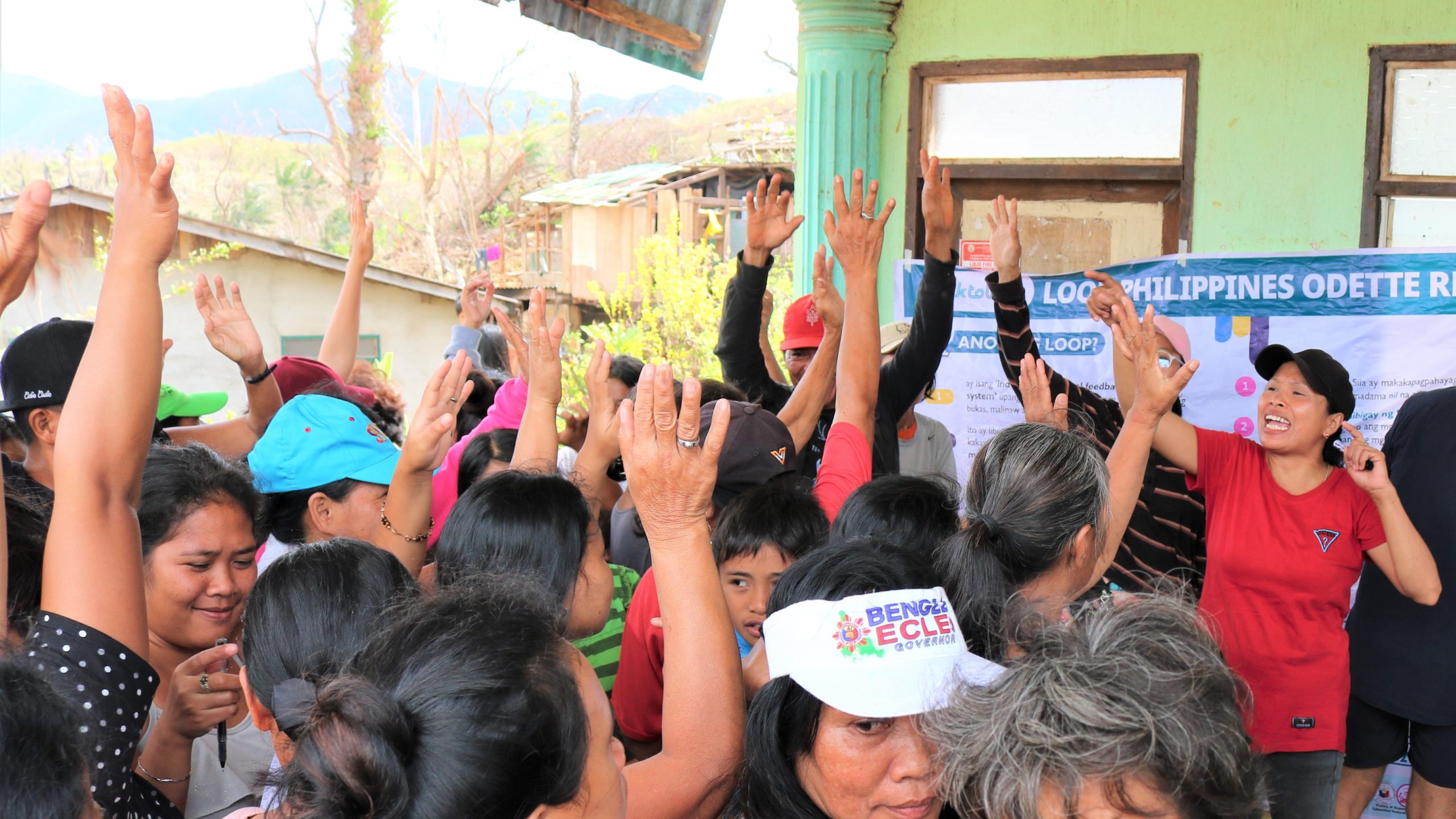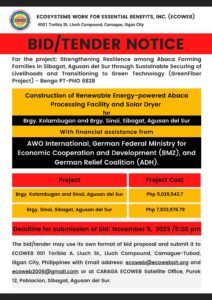Capturing learning from a Typhoon Odette Community-led Humanitarian Action

Barangay Santa Cruz, Socorro, Surigao del Norte made it to the national news days after Typhoon Rai/Odette made landfall here on December 16, 2021.
Located in the far eastern tip of the island of Bucas Grande, Santa Cruz was one of the poster shots of typhoon Odette. The images of a washout fishing village became viral giving Filipino citizens an idea of the extent of the damage.
But those images were of the aftermath and do not tell the story of how these fisherfolks survive. The pictures are nothing compared to the harrowing ordeal they went through.
Like most survivors, the families in Santa Cruz didn’t expect that kind of strength and ferocity, and were not prepared for it.
“That was the worst day of our lives.” This was a shared sentiment among the women leaders present during the focused group discussion. “We were caught by surprise.”
Realizing too late that Odette was different from the previous typhoons they experienced, families decided to evacuate moments after the first surge broke down the wall and washed out houses along the coast.
Swimming in muddy waters against the current and surrounded with sharp debris, they held on to whatever they could grab towards their assigned evacuation center – a public school. By that time they reach the hill, many of them already had wounds.
Within few minutes, trees fell on the roof of the building which collapsed. So they had to swim from one house to another seeking refuge, holding hands with family members, competing with other families for a chance to rest in cramped safe spaces and afraid to let go. At that time, it was “to each his own.”
(Kanya kanya paningkamot).
All those structures collapsed, and eventually their last option was to stand close to a high, concrete wall which protected them from the waves, though the water was up to their waist. Bodies close to one another both for added strength and added warmth.
In aftermath insight, they realized, “we survived because we were together.”
“If only we were prepared.” There was a self-blaming common among the mothers.
Immersed in flood waters, they used their will to survive. “At one point, I wanted to let go and just drown but I saw my children already turning blue from the cold. I need to be strong for them,” one of the mothers said.
Three months after that experience, the people of Santa Cruz still confess to recall the memory with fear. The young men on the shore, the old man inside a sarisari store, and even the teenagers playing basketball talked about the experience with obvious fear and pain.
Majority of houses here are still makeshift – mostly with materials salvaged from the sea and blue tarpaulin.
These houses are temporary and weak. The people are fragile.
That fragility came into play when the community met for their Community Led Response Project.
They were divided into two groups- Group 1 was those whose houses were partially damaged, and Group 2 was for those whose houses were totally damaged or washed out.
“There were many proposals on how to utilize the cash assistance. At 2,200 per family, each group received 121,000. But many members were still in a survivor mode. They want the money to be distributed per family so that some of them can buy food or medicines.”
One of the leaders made a good analysis, “We are still dealing with the effects of the typhoon. We do not have the strength to go through conflicts and debate. If that is what many wanted, then we said yes. Rather than quarrel with one another “
Yes. Peace of mind is a genuine value.
So what are their plans?
They have the same response. They want to form a self-help group but only those who are agreeable and cooperative will be invited. They want to start a livelihoods project while fishing is still limited.
“We will start small. And when others will see that we will be doing well, perhaps they will be encouraged to join us.”



